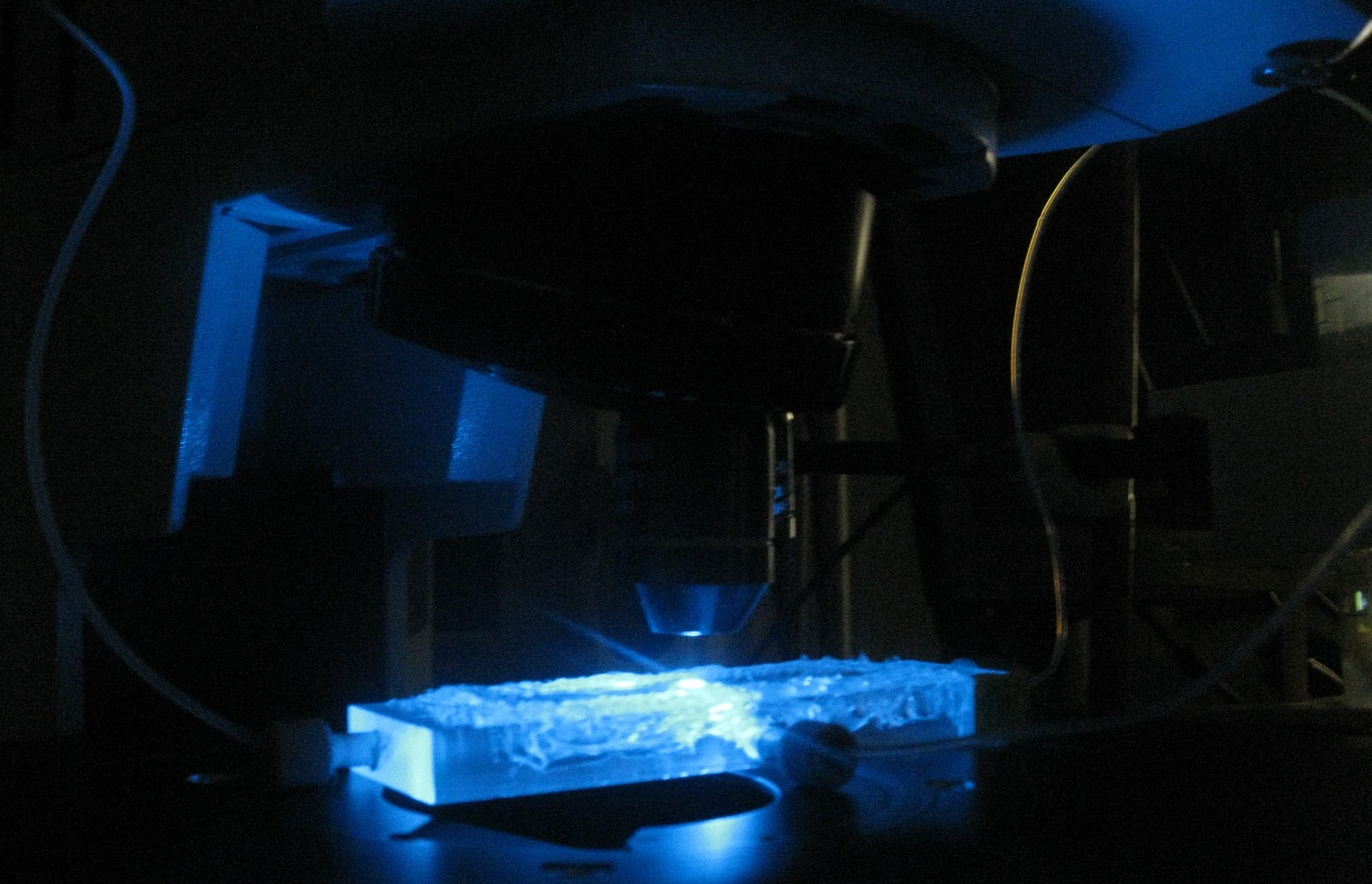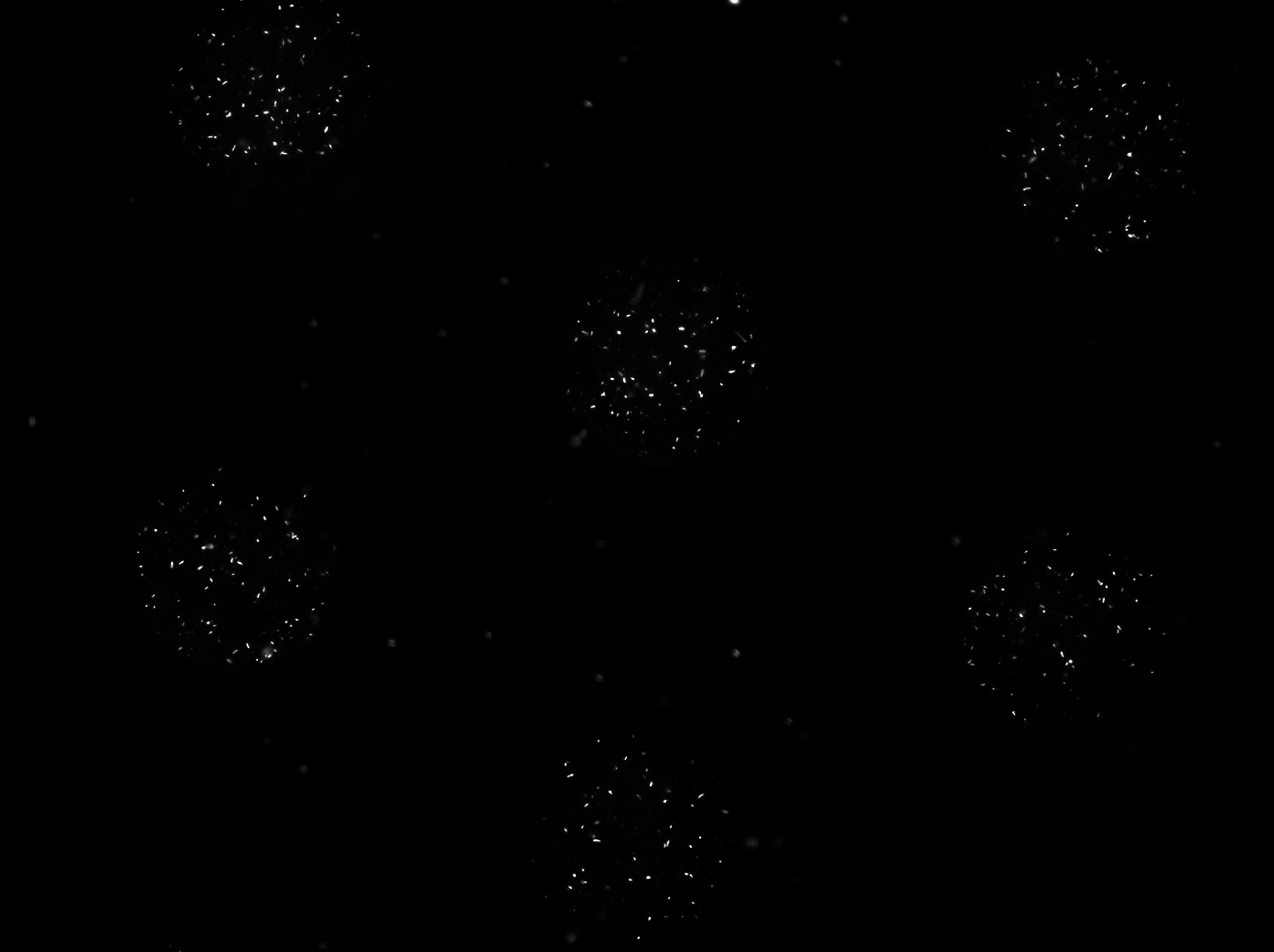Team:Wageningen UR/Project/DevicesMeasuringOscillations
From 2011.igem.org
(→Customary fluidic device designed by Team Wageningen UR to measure oscillations) |
(→Customary fluidic device designed by Team Wageningen UR to measure oscillations) |
||
| Line 39: | Line 39: | ||
[[File:ptetGFP_PBS.jpg|350px]] [[File:ptetGFP_PBSremoved.jpg|350px|right]] | [[File:ptetGFP_PBS.jpg|350px]] [[File:ptetGFP_PBSremoved.jpg|350px|right]] | ||
| - | For the experiment seen above, the PBS was removed before all the cells died. THe procedure varied depending on how well the bacteria grew in the wells. | + | |
| + | For the experiment seen above, the PBS was removed before all the cells died. THe procedure varied depending on how well the bacteria grew in the wells. They were left to grow in the device for an additional night and the measurements were then taken in an 10 minute intervall during the next day. This was done for two reasons, for one the chamber had to be completely dried out before measurements could be taken, otherwise the remaining liquid would condense through the heat of the light and blurr the pictures. Besides that, the [[modeling]] suggested that, when applying now flow, the oscillations would begin only after a certain high cell density is reached. | ||
Revision as of 12:41, 19 September 2011
 "
"





